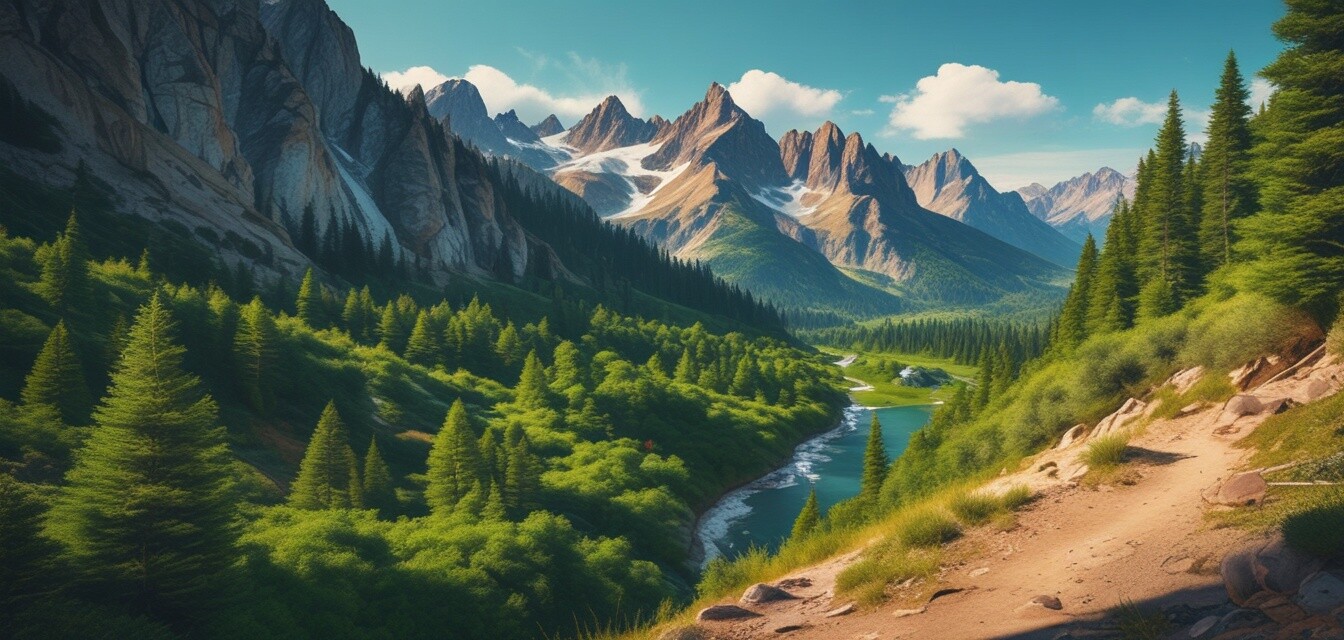
As an Amazon Associate, I earn from any qualifying purchases, at No Extra Cost to You.
Outdoor photography for beginners: Tips and techniques
Key Takeaways
- Understand the basics of outdoor photography to capture stunning landscapes.
- Invest in essential gear to enhance your photographic experience.
- Learn composition techniques that elevate your images.
- Practice ethical photography by respecting nature and wildlife.
- Experiment with different times of the day to find the best lighting.
Capturing the beauty of the great outdoors through photography is an exhilarating and fulfilling experience that complements your backpacking adventures. Whether it's the majestic mountain vistas or vibrant flora, with the right techniques and gear, you can take stunning photos that encapsulate your journey. In this article, we will address essential tips and techniques for outdoor photography, perfect for beginners.
Essential gear for outdoor photography
When embarking on outdoor photography, having the right gear is crucial. Below is a list of necessary equipment items that can help you get started:
| Gear Type | Description |
|---|---|
| Camera | Choose a DSLR or mirrorless camera for better image quality and versatility. |
| Lens | A wide-angle lens is perfect for capturing expansive landscapes. |
| Tripod | A sturdy tripod is essential for stable shots, especially in low light. |
| Filters | Polarizing filters can enhance colors and reduce glare. |
| Extra Batteries | Always carry extra batteries to avoid running out of power on your adventure. |
Composition techniques for stunning shots
Composition is key to creating attractive photographs. Here are some techniques that can elevate your outdoor shots:
- Rule of thirds: Imagine your frame is divided into nine equal parts. Place important elements along these lines or at their intersections for a more balanced image.
- Leading lines: Use natural lines in the landscape, such as trails, rivers, or fences, to draw the viewer's eye into the scene.
- Framing: Look for natural frames like arching trees or rock formations to create depth in your photos.
- Foreground interest: Include elements in the foreground to add depth and context to your landscape shots.
- Symmetry: Symmetrical images create a facade of balance and can be incredibly captivating.
Best times for outdoor photography
The quality of light significantly impacts your outdoor photographs. Here are the best times to shoot:
| Time of Day | Characteristics | Recommended Techniques |
|---|---|---|
| Golden Hour (sunrise/sunset) | Soft, warm light enhances colors and adds a magical glow. | Use backlighting to create silhouettes or catch vibrant sky colors. |
| Midday | Harsh light can create strong shadows and highlights. | Look for shaded areas or experiment with black-and-white photography. |
| Blue Hour (just before sunrise/after sunset) | Rich blues and purples envelop the landscape. | Use longer exposures to capture the essence of tranquility. |
Ethical outdoor photography
While capturing nature, it's vital to respect the environment. Here are some ethical tips:
- Stay on marked trails to minimize your impact on the ecosystem.
- Do not disturb wildlife or their habitats for a photo opportunity.
- Practice 'Leave No Trace' principles by taking all trash with you.
- Avoid using flash in animal habitats to prevent startling them.
Explore and learn
Don't be afraid to experiment with different styles and approaches in your outdoor photography. Join photography groups, take online courses, and explore our blog for more resources on backpacking essentials and camera gear recommendations. Every hike can be a new opportunity to learn and grow your skills.
Pros
- Capturing memories of your adventures to reminisce later.
- Enhancing your appreciation of nature and your surroundings.
- Creating visual stories that can inspire others.
Cons
- Carrying extra gear may add weight to your backpack.
- Weather conditions can affect photo quality.
- Learning photography skills takes time and practice.
Conclusion
Outdoor photography is an exciting endeavor that complements backpacking adventures beautifully. By equipping yourself with the right gear and understanding essential composition techniques, you can create breathtaking images that reflect your experiences. Remember to respect nature, and embrace every opportunity for creativity as you venture into the wilderness. For more tips and insights, explore our blog section on backpacking news and stay updated on the latest trends.